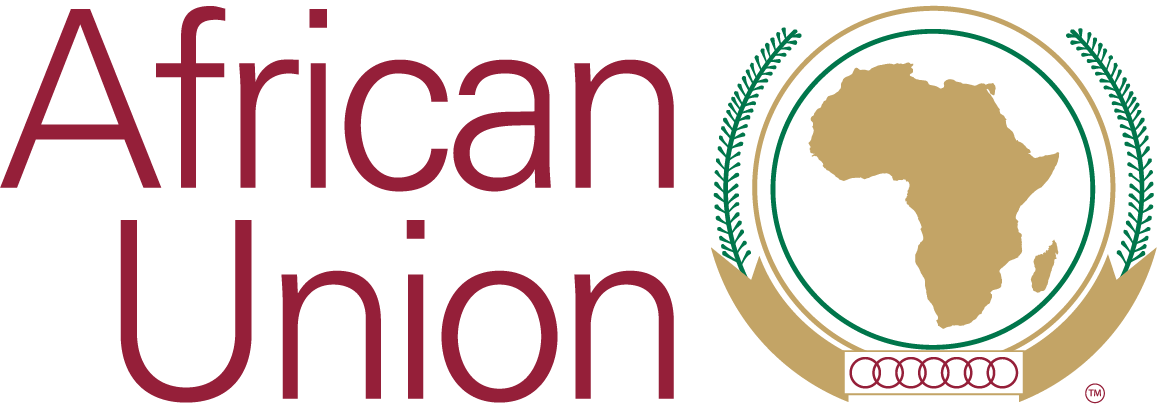Canadian Intervention – Ms. Joyce Murray, Member of Parliament Opening Ceremony – Africa Girls’ Summit, Lusaka, Zambia
Canadian Intervention – Ms. Joyce Murray, Member of Parliament Opening Ceremony – Africa Girls’ Summit, Lusaka, Zambia
Thank you for that kind introduction. It is an honour to be here at the African Girls’ Summit, a significant milestone in the global movement to end child marriage.I was actually born in South Africa and emigrated to Canada as a child. It is a privilege to be representing Canada here in Zambia to tackle an issue that is so important to all of us.
The Government of Canada is committed to ending child, early and forced marriage because the impacts of this practice are so profound and so far-reaching. We all know the facts -15 million girls are married every year before they turn 18. That’s 15 million childhoods interrupted. 15 million futures forever changed. Child marriageis a violation of girls’ rights. It disrupts their access to education, jeopardizes their health and makes them vulnerable to violence. It also keeps girls from reaching their full potential and from fully contributing to the social and economic growth of their families, communities and countries.
Canada is also committed to this issue because we know that change is possible. In a few short years, international momentum to address this issue has grown exponentially. If we all do our part and continue to work together, we know that real change will occur. Together, we have the power to change the futures of 15 million girls every year.
Today, I would like to highlight four main priorities for our collective work on this important issue moving forward.
First, it is critical that we continue to work in partnership. We must recognize that everyone has a role to play in ending child marriage - from international organizations like the United Nations through resolutions and initiatives like establishing the International Day of the Girl Child, to regional organizations like the African Union through its Campaign to End Child Marriage, to national governments through concerted national-level action and strategies that holistically address the issue, to communities themselves, including religious and traditional leaders, parents, men and boys, and of course, girls themselves.
Second, a multi-sectoral approach is needed toend child marriage. This is a complex and multifaceted issue that requires interventions at multiple levels simultaneously. Solutions involve
o mobilizing families and communities in order to change attitudes and reduce the acceptance of the practice;
o ensuring that girls have access to quality education and health services, including reproductive health services, as well and economic development opportunities;
o empowering girls to be able to say no to marriage; and
o establishing and implementing laws and policies that protect girls and help prevent child marriage.
There is no silver bullet or one size fits all solution. Our responses need to be holistic and multidimensional.
Third, Canada recognizes the importance of supporting the leadership of countries and regions where child marriage is most prevalent. Here in Africa, it is encouraging to see that the movement to end child marriage in Africa is clearly growing. The leadership of the African Union is particularly valuable and a model for other regions.
The AUCampaign to End Child Marriage is raising awareness and accelerating change across the African continent. The adoption of the AU Common Position on this issue at the AU Summit last June, demonstrated commitment at the highest level. Country-level launches of the AU Campaign are also helping to mobilise stakeholders, governments, civil society, traditional and religious leaders, men and boys, to contribute to national level action. Looking forward, we must focus on supporting countries to develop national-level strategies and policies to end child marriage that are realistic, well-resourced and effectively implemented.
Fourth,as stakeholders committed to ending child marriage, we must capitalize on the opportunity presented by the landmark 2030 Agenda for Sustainable Development. Through this historic agreement, governments around the world have identified ending child, early and forced marriage as a global development target. Our collective efforts must focus on ensuring that this target is achieved. We must all work to turn these global goals into real action to put an end to this harmful practise.
For our part, Canada is supporting programmes at the national and grassroots level to affect real change for girls and women. Since October 2013, Canada has invested almost $70 million in targeted funding to the prevention of child, early and forced marriage, protecting those at risk and supporting already married girls and women – including through the development and implementation of national strategies to end child marriage.
Many of these projects are supporting efforts in Africa, working with African partners at the grassroots and country levels. For example, $40 million is going towards the work of UNICEF and UNFPA to accelerate action to end child marriage, including in 6 African countries. Significant funds are also being provided to the grassroots organisations across Africa, which are working directly with girls and their communities, through the Canada Fund for Local Initiatives.
As a global community, over the last several years, we have made significant gains in building greater awareness and action around ending child, early and forced marriage. We have learned a great deal about what it will take to end this harmful practice and the role each of us has to play in achieving our shared vision of a world without child marriage, where all girls are able to achieve their full potential in all aspects of their lives. So let us use this Summit as an opportunity to build our knowledge, networks and resolve to create a brighter future for girls, their communities and their countries. Change is possible and we are all a part of it.
Thank you.



